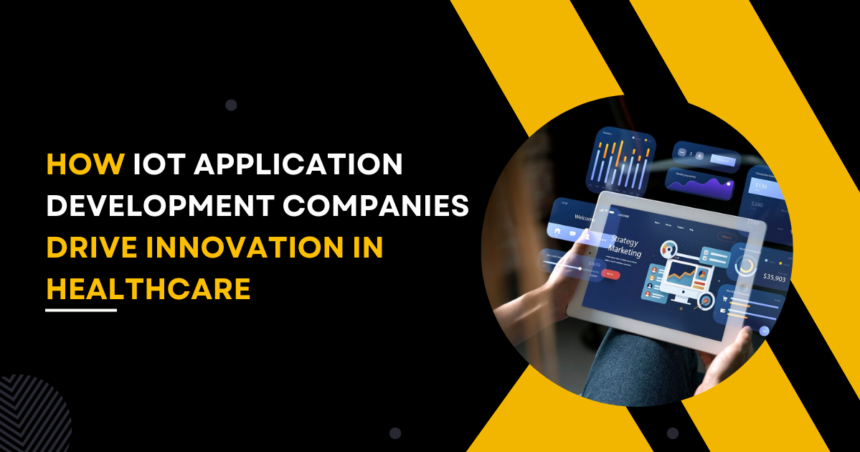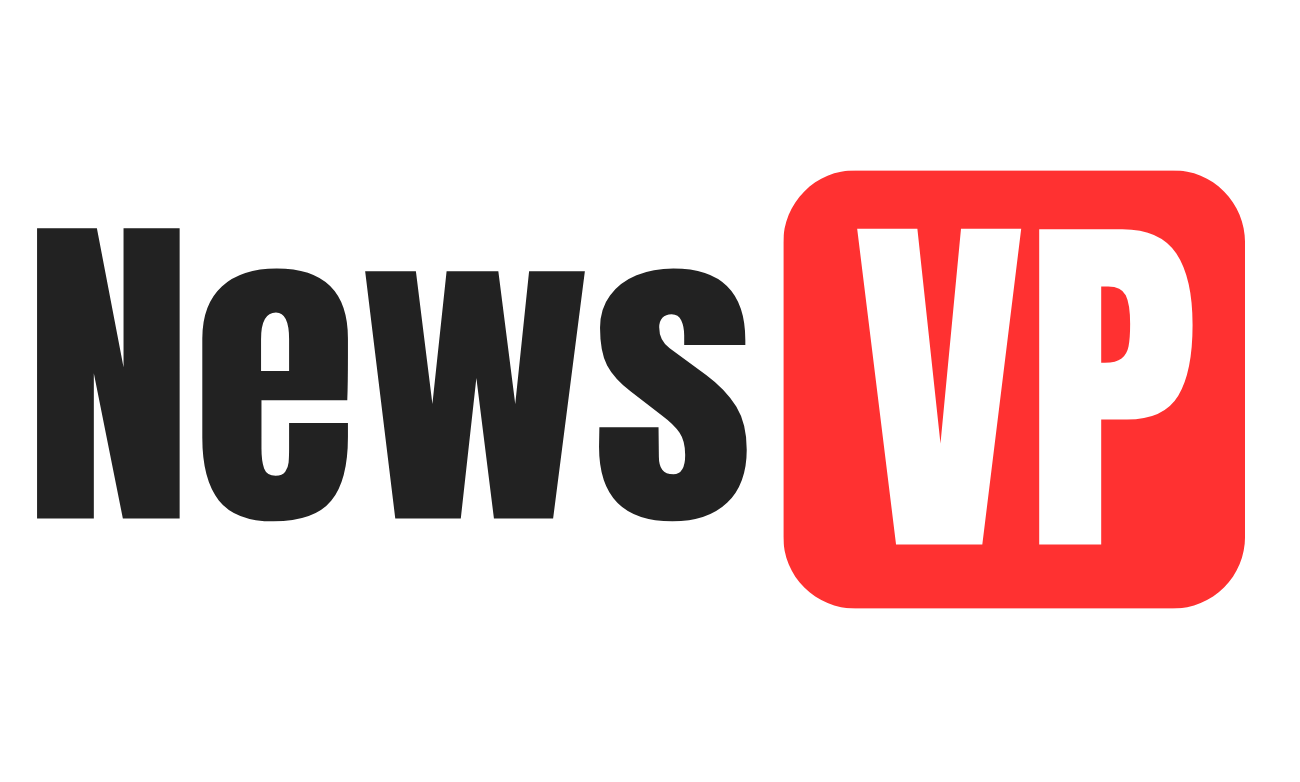The healthcare industry is increasingly relying on technology to improve patient outcomes, enhance operational efficiency, and reduce costs. Among the most significant technological advancements in recent years is the integration of the Internet of Things (IoT). IoT has revolutionized healthcare by enabling devices to collect, exchange, and analyze data in real time. IoT application development companies play a pivotal role in this transformation, developing applications and systems that connect medical devices, wearable technologies, and healthcare infrastructure. This article explores how IoT application development companies are driving innovation in healthcare.
1. What is IoT in Healthcare?
The Internet of Things (IoT) refers to a network of interconnected devices that can communicate and share data with each other over the internet. In the healthcare sector, IoT applications include medical devices, wearable health trackers, and remote patient monitoring systems. These applications help healthcare providers monitor patient health, deliver personalized treatments, and predict medical conditions before they become critical.
The involvement of IoT application development companies has been crucial in creating these advanced systems. They design software that enables seamless communication between devices, ensuring that healthcare professionals have accurate and up-to-date information. With the rise of IoT in healthcare, both patient experiences and medical practices have been improved, driving innovation in the sector.
2. IoT Application Development in Healthcare: Key Areas of Innovation
2.1 Remote Patient Monitoring
Remote patient monitoring (RPM) is one of the most prominent areas where IoT application development is driving innovation. By utilizing IoT-enabled devices like smart wearables and sensors, healthcare providers can track patients’ vital signs in real time, regardless of their location.
For instance, devices that monitor heart rate, blood pressure, and glucose levels can send data directly to healthcare professionals, allowing for continuous monitoring. This technology is especially valuable for patients with chronic conditions such as diabetes or cardiovascular diseases, as it enables early intervention and better management of their health.
Example:
- Wearable Health Devices: Companies like Fitbit and Apple have developed wearables that monitor heart rate, activity levels, and sleep patterns. These devices transmit data to healthcare providers for analysis, enabling timely medical responses.
2.2 Predictive Analytics for Disease Prevention
IoT devices generate vast amounts of health data, and IoT application development companies are leveraging this data for predictive analytics. Using machine learning algorithms, these companies create solutions that predict potential health risks based on trends in a patient’s data.
For example, IoT-enabled smart devices can monitor a patient’s oxygen levels, temperature, and respiratory rate. If the data indicates potential problems, such as early signs of an infection or breathing difficulties, the system can alert healthcare providers, enabling early interventions.
Example:
- Chronic Disease Management: Patients with chronic respiratory conditions like COPD can use IoT-connected devices that monitor oxygen saturation levels. If the levels drop below a certain threshold, the device automatically sends an alert to medical professionals, prompting timely action.
2.3 Medication Adherence and Management
Medication adherence is a critical aspect of patient care, particularly for those with chronic illnesses. IoT applications help ensure that patients take their prescribed medications on time by using connected pill dispensers, reminder systems, and smart medication tracking apps.
IoT application development companies create systems where patients are notified when it’s time to take their medication. These systems also allow doctors and caregivers to monitor medication intake and address potential non-compliance issues.
Example:
- Smart Pill Bottles: Devices like Tespo’s smart pill bottle remind patients when to take their medications and track whether they’ve followed the prescribed regimen. Data from these devices is sent to healthcare professionals for follow-up.
3. Enhancing Healthcare Operational Efficiency Through IoT
3.1 Real-Time Asset Tracking
In large healthcare facilities, managing medical equipment, pharmaceuticals, and other assets can be a challenge. IoT applications help improve asset management by using RFID tags, GPS sensors, and real-time tracking systems.
Healthcare organizations can track the location of critical medical equipment such as ventilators, defibrillators, and infusion pumps. These systems ensure that equipment is available when needed, preventing delays in patient care and optimizing the use of hospital resources.
Example:
- RFID-Enabled Asset Management: IoT-enabled RFID tags placed on hospital equipment allow healthcare providers to quickly locate and retrieve the devices. This ensures that valuable resources are not misplaced and reduces downtime in patient care.
3.2 Smart Hospitals
IoT applications can enhance hospital operations by creating smart environments that monitor and control critical systems such as lighting, temperature, and ventilation. IoT sensors can detect environmental changes and adjust accordingly, leading to improved comfort for patients and efficiency for healthcare staff.
For instance, smart hospital systems can automatically adjust room temperatures for patient comfort, monitor air quality, and optimize energy consumption. These innovations not only improve patient experiences but also reduce operational costs.
Example:
- Automated Room Adjustments: Hospitals like the Mayo Clinic are integrating IoT technologies to adjust room temperatures, humidity, and lighting based on real-time data, ensuring optimal patient comfort while reducing energy consumption.
4. Improving Patient Experience with IoT
4.1 Personalized Treatment Plans
IoT applications are enabling more personalized and data-driven treatment plans. With real-time data, healthcare providers can offer customized care that accounts for the specific needs and conditions of individual patients. This leads to better outcomes and improved patient satisfaction.
For example, IoT devices monitor various health parameters, such as blood pressure, heart rate, and blood sugar levels, and feed this information directly into the patient’s electronic health record (EHR). Healthcare professionals can then adjust treatment plans based on the most up-to-date data.
Example:
- Personalized Diabetes Management: IoT-enabled glucose monitors track a patient’s blood sugar levels in real-time, allowing healthcare providers to adjust insulin dosages or recommend lifestyle changes as necessary.
4.2 Enhancing Communication Between Patients and Healthcare Providers
Effective communication between patients and healthcare providers is essential for quality care. IoT applications facilitate communication through virtual consultations, instant messaging, and real-time data sharing.
IoT-enabled devices can send immediate alerts to healthcare professionals if a patient’s vital signs show concerning trends. This real-time communication improves the ability to respond quickly and efficiently, even without direct interaction between patients and doctors.
Example:
- Telemedicine and Remote Consultations: IoT applications like remote monitoring tools integrated with telemedicine platforms allow healthcare providers to conduct virtual consultations and monitor patient health remotely, reducing the need for in-person visits.
5. Security and Data Privacy in IoT Healthcare Solutions
5.1 Protecting Patient Data
With the increased use of IoT in healthcare, protecting sensitive patient data is crucial. IoT application development companies are working to develop secure data storage systems and robust encryption methods to ensure that healthcare information remains confidential.
Healthcare providers must comply with regulations such as HIPAA (Health Insurance Portability and Accountability Act) to ensure that patient data is stored and transmitted securely. IoT applications are designed to meet these regulatory standards while allowing seamless data transfer between devices and healthcare professionals.
Example:
- Encrypted Communication Systems: IoT application development company implement encrypted data transmission protocols in medical devices and wearables to ensure that sensitive patient data remains secure during transmission.
5.2 Addressing Cybersecurity Risks
The growing reliance on IoT in healthcare creates vulnerabilities to cybersecurity threats. IoT application development companies must continuously address these risks by implementing strong cybersecurity protocols, performing regular audits, and ensuring that devices are protected from unauthorized access.
Cybersecurity in healthcare IoT applications ensures that patients’ personal health information is kept safe from cyberattacks or data breaches, which could compromise the privacy and safety of individuals.
Example:
- End-to-End Encryption in IoT Devices: Companies like Medtronic are integrating end-to-end encryption and multi-factor authentication into their IoT-enabled devices to ensure that data transferred between devices and healthcare professionals is fully protected.
6. The Future of IoT in Healthcare
6.1 AI and Machine Learning Integration
As the healthcare industry continues to evolve, IoT applications will increasingly integrate with artificial intelligence (AI) and machine learning (ML) to enhance data analysis and decision-making. IoT devices will not only collect data but will also be able to analyze trends and provide actionable insights.
For instance, AI-powered IoT devices may be able to predict the onset of conditions like heart attacks or strokes based on continuous monitoring, allowing healthcare providers to intervene before a crisis occurs.
6.2 Expanded Use of Wearables
The use of wearable technologies will continue to expand, offering more sophisticated tools for health monitoring. Future IoT devices will be smaller, more accurate, and capable of monitoring a broader range of health parameters, leading to further advancements in personalized healthcare.
Conclusion
IoT application development companies are playing a crucial role in transforming healthcare by introducing innovative solutions that improve patient outcomes, enhance operational efficiency, and reduce costs. From remote patient monitoring to predictive analytics and personalized treatment, IoT applications are driving significant change in the healthcare sector.
As IoT technology continues to advance, healthcare providers will have access to more accurate data and sophisticated tools to improve care delivery. However, ensuring the security and privacy of patient data will remain a top priority. IoT application development companies will continue to drive innovation, creating new opportunities for improved healthcare systems that benefit both patients and providers.




